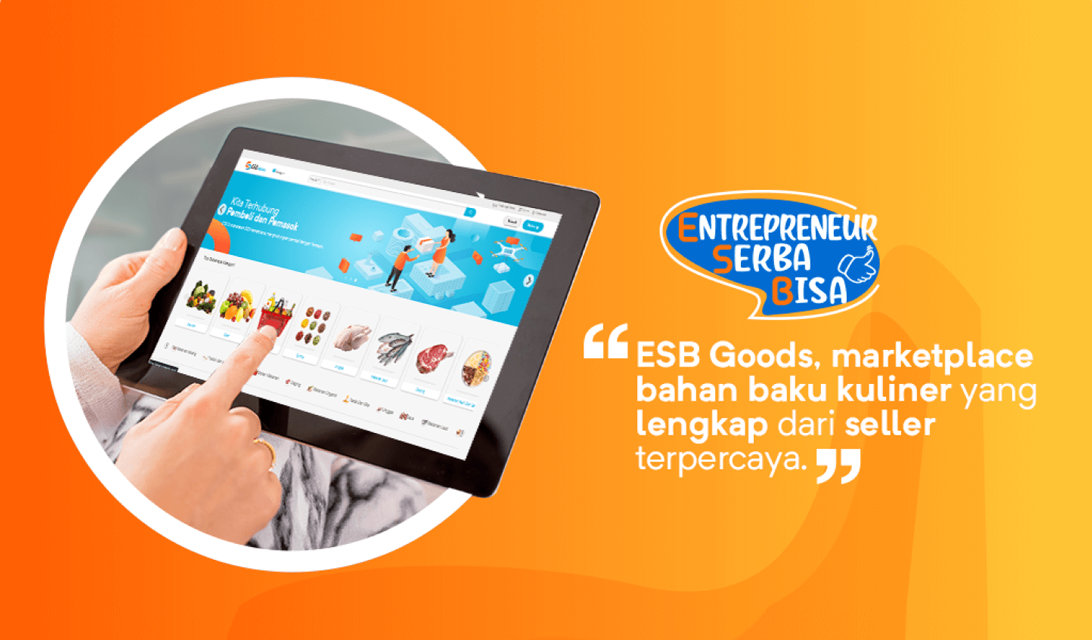 SHARE
SHARE
Understanding Transaction Systems: Definition, Types, and Proofs
Sovia
Behind the smooth operations of a business, especially in the culinary world, there’s a crucial element that’s often overlooked: the transaction system.
Every time a customer makes a payment, there’s a process that ensures financial data is recorded accurately, quickly, and securely.
A transaction system isn’t just about money going in and out.
It also includes how a business records, processes, and manages transaction data to support smart decision-making.
This article will help you understand what a transaction system is, who’s involved, the types of systems, and the importance of transaction proofs.
Let’s dive in!
What is a Transaction System?
Before we explore transaction systems further, let’s start by understanding what a transaction actually is.
In general, a transaction refers to any activity carried out by individuals or organizations that causes changes in assets or financial conditions.
Examples include product purchases, salary payments, product sales, and operational expenses.
These activities are part of the broader transaction processing system, which plays a vital role in business operations.
In business, every transaction must be recorded clearly and accurately.
This is done through a process known as transaction management or administration, which ensures all financial changes are properly documented and accountable.
So, what exactly is a transaction system?
A transaction system is a method of recording daily financial activities that supports the overall business process.
It’s part of the broader transaction processing system, which functions to organize, record, and report the financial flow within a company.
Generally, there are two widely known types of transaction systems: cash-based and non-cash-based.
In today’s digital age, non-cash systems are becoming more dominant due to their convenience and security.
The rise of technology has introduced various modern payment methods.
Today, people can make payments using e-wallets like GoPay, OVO, DANA, or global services like PayPal.
Apple Pay and Google Pay also offer seamless payment options right from smartphones.
Governments have also played a role in promoting non-cash transaction systems.
One example is the implementation of QRIS, which simplifies digital payment methods.
Aside from speeding up transactions, it helps reduce illegal practices that are harder to trace in cash-based systems.
As technology continues to evolve and public awareness of efficiency grows, digital transaction processing systems are expected to become the core of future business operations.
Read more: Payment Link: Definition, How It Works, and Practical Examples for Business
Types of Transaction Systems
Source: freepik.com
In business, transaction systems are generally categorized into internal and external transactions.
Both reflect economic activities, whether within or outside the company. Let’s take a closer look at each type:
1. Internal Transactions
Internal transactions are economic activities that occur within the company's departments without involving any external parties.
Even though these transactions are internal, they still impact the company’s overall financial condition.
Examples include asset depreciation, use of office supplies across departments, or managerial instructions to employees.
These are usually recorded using the double-entry bookkeeping system, where each transaction affects both debit and credit sides to maintain balance and accuracy.
2. External Transactions
External transactions involve third parties such as customers, suppliers, or financial institutions.
These transactions directly impact the company’s financial position.
Examples include product sales, purchasing raw materials from suppliers, or paying off debts.
In foreign exchange trade, a system where the government solely controls all currency transactions is known as a fixed exchange rate system, which also influences how these transactions are recorded in financial reports.
Types of Transaction Proofs
In every business activity, having transaction proof is essential. Without it, a company may struggle to justify expenses or resolve disputes.
Transaction proof also plays a key role in a well-organized and efficient transaction processing system.
Generally, there are two types of transaction proofs: internal and external. Let’s explore them one by one.
1. Internal Transaction Proof
Internal transaction proofs are documents that record activities occurring within the company.
An example would be a memo from a supervisor to an employee regarding operational or administrative needs.
These memos are usually created at the end of a period to record items like unpaid salaries.
These documents are vital for internal financial recording and serve as the foundation for the company's accounting process.
2. External Transaction Proof
External transaction proofs document business interactions between the company and outside parties. The following documents are considered external proofs:
- Invoice: Used for credit-based sales, listing the items sold and the total amount due.
- Receipt: Confirms that a payment has been received by the payee.
- Debit Note: Issued by a buyer as proof of returning goods to the seller.
- Cheque: A written order from a bank customer instructing the bank to pay a certain amount.
- Bank Statement: A summary of a company’s account activities over a specific period, issued by the bank.
- Giro Slip: A written instruction to transfer funds from one account to another.
- Bank Deposit Slip: Proof that a specific amount of money has been deposited into an account.
- Cash In & Cash Out Vouchers: Used to record cash inflows and outflows, usually with supporting documents.
- Memo (Memorandum): While usually internal, memos can also be used for transactions involving third parties, such as payroll instructions.
Read more: No App Needed! Check Out 3 Ways to Scan QR Code Menus from Your Smartphone
Conclusion
A transaction system is a crucial foundation for running a culinary business that is organized, efficient, and trustworthy.
It goes beyond simply recording cash in and out—it ensures smooth operations, accurate reporting, and secure processes.
In the digital era, transaction technology meets the growing demand for fast and transparent payments.
The key lies not just in the payment method, but in having an integrated system—from cashier to financial reporting.
This is where ESB POS comes in as a complete solution.
With features like multi-cashier support, customer display, kitchen display system, and direct integration with GoFood, GrabFood, and ShopeeFood,
ESB helps keep your culinary business organized, efficient, and ready to scale.
Want to manage restaurant transactions more easily, securely, and systematically?
Let’s talk—consult your business needs with the ESB Team today!
 SHARE
SHARE




